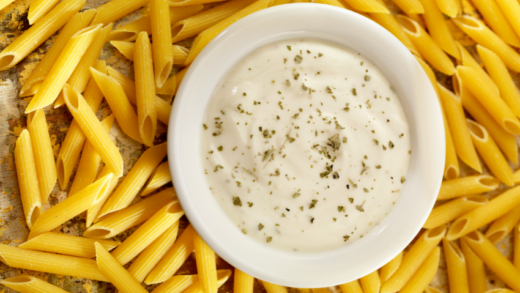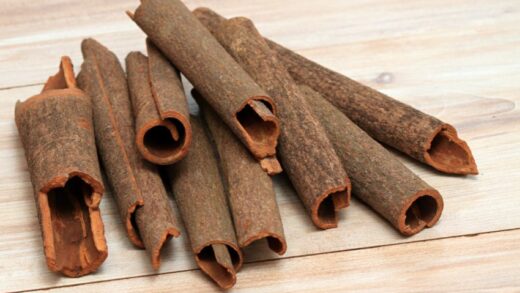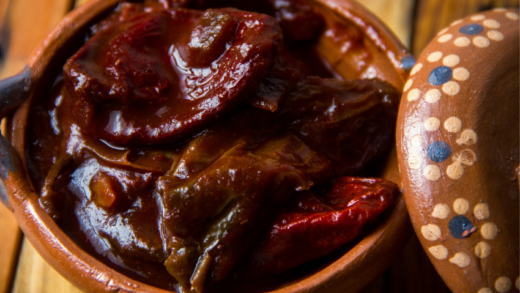Storing food correctly is crucial for maintaining its freshness, flavor, and overall quality. Whether you’re stocking up on groceries for the week or preserving leftovers from dinner, understanding the proper storage techniques can make all the difference. In this comprehensive guide, we’ll cover everything you need to know about how to store food correctly and keeping your food fresher for longer.
Refrigeration
When it comes to keeping food fresh, the first step is to keep it at the right temperature. The ideal temperature range for most refrigerators is between 35°F and 40°F. This temperature helps to slow down the growth of bacteria and keeps food fresh for a longer period.
Proper Food Placement
When storing food in the refrigerator, it’s important to place items in the correct location. Foods that are more perishable, such as dairy products, meats, and fruits, should be stored on the bottom shelf where the temperature is the coldest. Meanwhile, less perishable items like vegetables, condiments, and drinks can be stored on the upper shelves.
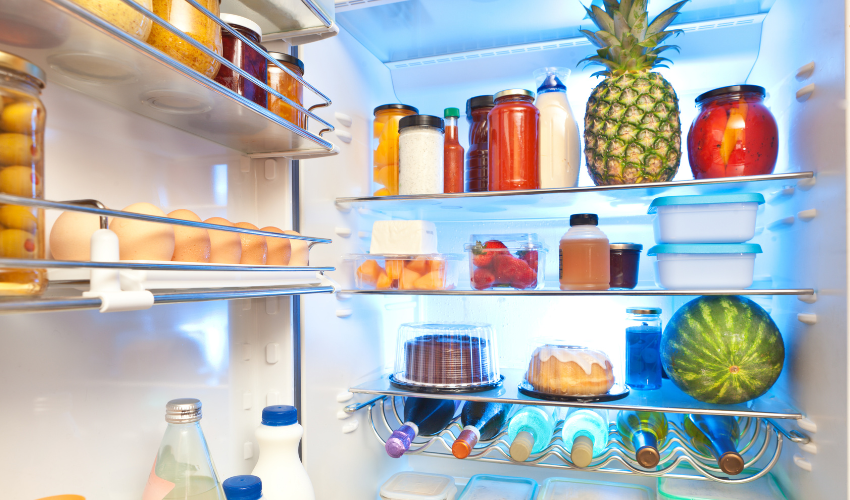
Containment is Key to store food correctly
Using airtight containers or resealable plastic bags can help keep food fresher for longer by limiting exposure to air and preventing the transfer of odors. It’s also important to label and date containers so you can keep track of when they were stored and their expiration dates.
Freezer Storage
For those who like to stock up on groceries or have leftovers to preserve, the freezer is a great option. However, proper storage techniques are key to maintaining the quality and freshness of your frozen food.
- Optimal Temperature
The optimal temperature for most freezers is 0°F. This helps to prevent the growth of bacteria and keeps food fresh for an extended period. To ensure that your freezer is at the right temperature, consider using a thermometer to monitor it regularly. - Proper Packaging
When storing food in the freezer, it’s important to use proper packaging to prevent freezer burn. This can occur when air comes into contact with the food, causing it to dry out and lose its flavor. To prevent freezer burn, consider using airtight containers, heavy-duty plastic wrap, or freezer-safe resealable bags. - Thawing Safely
When it comes time to thaw frozen food, it’s important to do so safely to prevent the growth of bacteria. The best way to thaw food is in the refrigerator, allowing it to slowly defrost over several hours. If you’re short on time, you can also thaw food in the microwave or under cold running water.
FAQs:
Can you store raw and cooked food together in the refrigerator?
No, it is not recommended to store raw and cooked food together in the refrigerator. Raw food can contain harmful bacteria that can contaminate cooked food, leading to foodborne illness. To prevent cross-contamination, store raw and cooked food in separate containers and keep them separated in the refrigerator.
How long can food be stored in the refrigerator?
The length of time that food can be stored in the refrigerator depends on the type of food and the storage conditions. Most perishable items, such as dairy products, meats, and fruits, should be consumed within a week. Meanwhile, less perishable items like vegetables and condiments can last for several weeks to a few months. To ensure maximum freshness and safety, it’s important to regularly check the expiration dates and discard any food that has gone bad.
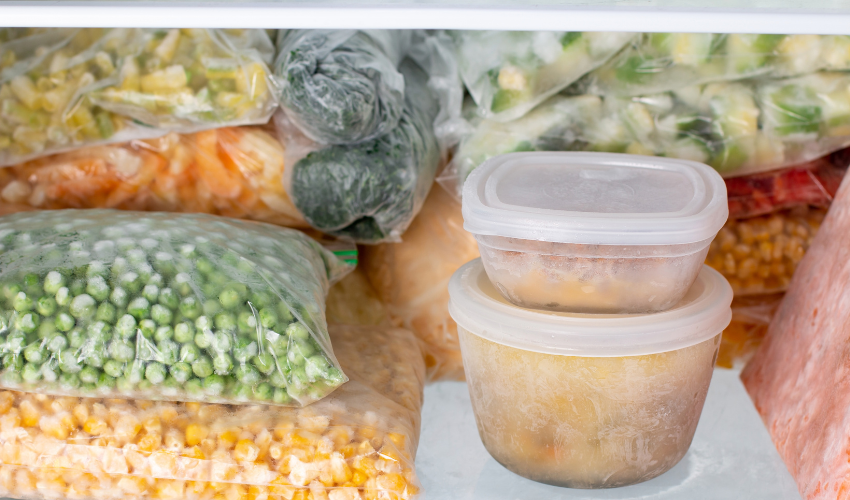
Can you refreeze thawed food?
It’s generally not recommended to refreeze thawed food, as the process of thawing and refreezing can cause the quality and freshness of the food to deteriorate. If you have thawed food that you won’t be able to consume within a day or two, it’s best to cook it and store it in the refrigerator or freezer for later use.
Is it safe to store food in the door of the refrigerator?
While the door of the refrigerator is a convenient storage location, it may not be the best place to store food. The temperature in the door is often warmer than the rest of the refrigerator, which can cause food to spoil more quickly. It’s best to store items like condiments and drinks in the door, while more perishable items should be stored on the shelves.
How do I know if food has gone bad in the freezer?
If food has gone bad in the freezer, you may notice signs such as an off odor, strange texture, or discoloration. If you’re unsure whether food is still good, it’s best to err on the side of caution and throw it out. Freezer burn can also occur in frozen food, which is indicated by dry, discolored areas on the surface of the food.
Conclusion:
Storing food correctly is crucial for maintaining its freshness, flavor, and overall quality. From proper refrigeration techniques to safe freezer storage, following these tips can help you keep your food fresher for longer. Remember, freshness first! By taking the time to understand how to store food correctly, you can ensure that you’re always enjoying the best possible taste and quality from your meals.


